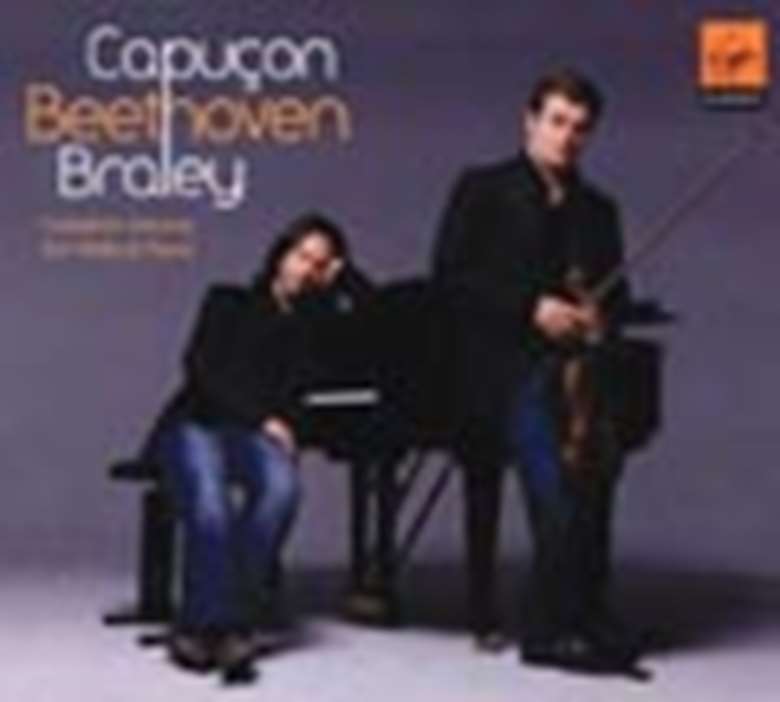Beethoven Piano Concerto No 5, by Paul Lewis
Gramophone
Monday, September 5, 2016
For the British pianist, the ‘Emperor’ is a robust concerto which feels fresh every time

Register now to continue reading
Thanks for exploring the Gramophone website. Sign up for a free account today to enjoy the following benefits:
- Free access to 3 subscriber-only articles per month
- Unlimited access to our news, podcasts and awards pages
- Free weekly email newsletter







